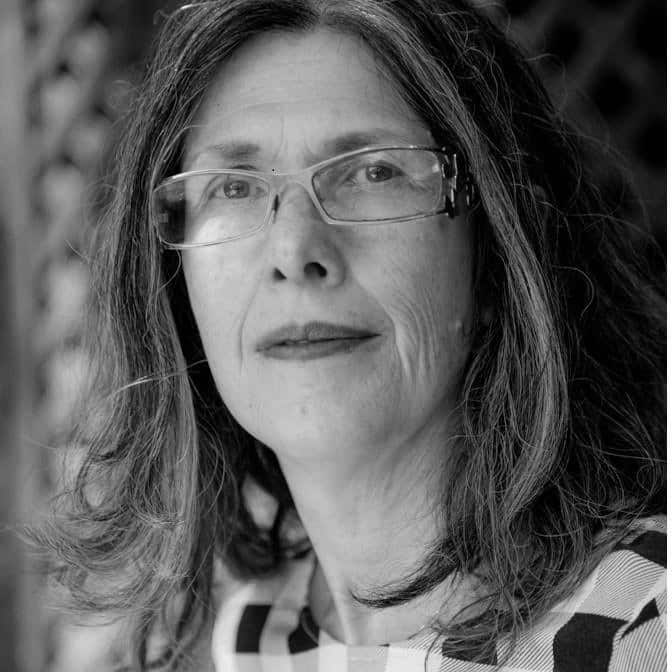וַיִּקְרָא מֹשֶׁה לִיהוֹשֻׁעַ, וַיֹּאמֶר אֵלָיו לְעֵינֵי כָל-יִשְׂרָאֵל חֲזַק וֶאֱמָץ
“And Moshe called to Yehoshua and said to him in the sight of all the people Israel….”(Deuteronomy 31:7)
Years ago, as part of a groundbreaking celebration in honor of Congregation Kol Ami’s then-new building, I heard a commentary on the above pasuk delivered by former L.A. County Supervisor Zev Yaroslavsky. He reminded us that the next phrase, “hazak v’ehmatz” is often translated as “be strong and of good courage.” But there are alternatives translations of “ehmatz” which imply not only strength but balance and stability amidst opposing forces. Yaroslavsky suggested that we understand Moshe’s charge to be something like, “have moral courage”—be strong and brave in your values; be willing to take risks, but for the right reasons.
Hidden Figures is a movie about all kinds of courage, ometz (moral courage) as well as hozek (heroic strength). If, like me, you have been looking for ways to move forward following our national election, this film will be balm to your soul.
Taraji P. Henson, Octavia Spencer and Janelle Monae bring to life three of the Black women mathematicians (called “computers” in the day when that meant human beings) whose work was essential to the U.S. space program in the 1960s. Katherine Johnson, played by Henson, calculated flight trajectories for Apollo missions, including the one that launched John Glenn’s historic orbit of the Earth. Dorothy Vaughn, played by Spencer, was one of the first people to effect NASA’s transition to non-human computers. She was both an early computer programmer and a workplace leader, one of NASA’s first African-American female supervisors. Mary Jackson, played by Monae, became NASA’s first African-American female engineer and worked hard to bring other women into math and science. Each of these women was essential to the work of putting Americans into space.
We watch them moving through a daily gauntlet of outrages and humiliations, from being obliged to walk a half mile in the rain to the only designated bathroom for someone both female and Black, to being addressed by first name by a peer who expected to be called “Mrs.”, to navigating, with dignity, a moment of heart-stopping peril–an encounter with a white police officer on an isolated road.
Here we see what pinnacles are achievable through the ethic most recently articulated as “when they go low, we go high.” We also see that victory is not inevitable and that none of these heroes goes it alone. We see working class parents who will do whatever it takes to see that their blazingly smart daughter gets the best education available (to Black people in the South at the time). We see men so secure in themselves that they rate their marriages to brilliant women as high honor, and we see children raised to be proud of their mother’s achievements, even when they keep her at work very late, and who are taught a deep courtesy that goes beyond mere politeness. We see a religious institution, the Black church, as a place of confirmation and uplift for people bent on winning justice. And we see a supervisor who is unwilling to accept advancement for herself—a promotion that she has been forced to earn and petition for many times before it is granted—unless the women she leads are moved forward as well. We see solidarity and friendship and love enacted over and over again as community values, along with hard work and a relentless drive toward excellence. We see hozek and we see ometz.
We are shown heroes in nosebleed pumps and shirtwaist dresses (perhaps a sweater over a skirt, but no jewelry, excepting a single string of pearls) who rarely break a nail and whose heroics display, not physical strength, but grandeur of heart and mind. We see also Glen Powell’s winning portrait of John Glenn, every inch the hero of saga with his muscles and crew cut and dashing grin; and are reminded of just how brave the first astronauts and cosmonauts were, keeping it together in a rattling metal shed, riding a rocket into space—and everything calculated by hand. We see too Glenn’s own moral courage when he insists that Katherine Johnson (“the smart one”) be called on to confirm his trajectories personally (although that also could have been sheer will to self-preservation). This movie ties together two great American projects of the 1960s, the movement for civil rights and the space program, suggesting that the aspirational yearnings of the day could be entwined in a values-driven drive for a better world in every sense.
Those of us who were reminded bracingly this previous election of the brokenness of our world, who are disheartened and sickened by the elevation of cruelty and crudity, by the confusion of heroic stature with brutality, and by not-so-veiled invocations of bigotry—based on race, on class, on gender, on sexual orientation, on ability, on religion—need this movie now. I am humbled to my toes by the grace of those women who lived in constant danger, surrounded by a choking miasma of hateful provocation and spite. And who not only achieved but remained able to love and to pray.
Their example reminds us that cynicism is no more realistic than starry-eyed idealism and that we have no time for despair. That little is guaranteed, but much is possible. If we pull together all our values—if we unite hard work and tenacity with kindness and solidarity and a respect for human dignity—then we can still reach for the stars. Oh yes we can.























 More news and opinions than at a Shabbat dinner, right in your inbox.
More news and opinions than at a Shabbat dinner, right in your inbox.